SUMMARY
This is AI generated summarization, which may have errors. For context, always refer to the full article.
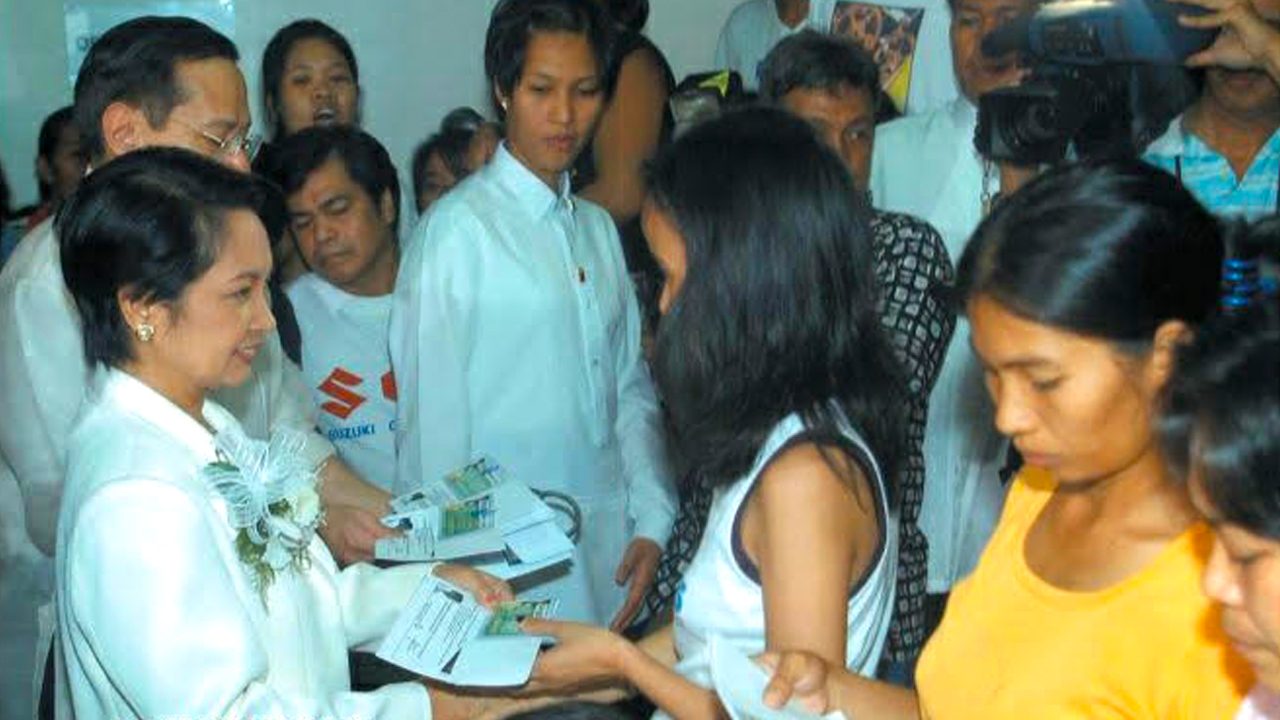
Editor’s Note: Given recent discussions about PhilHealth issues and controversies, we are republishing this story, originally titled “Selling the Future” that first appeared on April 26, 2004, in Newsbreak Magazine. This 2004 story is especially relevant in the light of latest revelations on Tuesday, August 18, by PhilHealth Davao regional vice president Dennis Adre. He told a Senate panel that the national insurer lost billions of pesos to a health card scheme of then-PhilHealth president and CEO (now Health Secretary) Francisco Duque III under the administration of Gloria Macapagal Arroyo. Duque denied the allegations in relation to the “Plan 5 Million” health card project launched in 2004 before the presidential elections where Arroyo was a candidate.
February and March were very busy months for employees of the Philippine Health Insurance Corporation (PhilHealth). At the central office in Pasig City, they seemed constantly glued to their computers, encoding entries for thousands of new members every day. They were not just processing an unusual volume of data, they also had to strain their eyes deciphering handwritten entries provided by mostly unschooled applicants.
On January 29, President Gloria Macapagal Arroyo ordered that 5 million more members and beneficiaries be covered, for free, by the government’s health care program. It was a big leap from the 500,000 heads of poor families already covered by the National Health Insurance Program (NHIP) on the government’s account. Executive Order 276 doesn’t provide a time frame for completing the list of 5 million new members. But Francisco Duque III, PhilHealth president, wanted beneficiaries to receive their membership cards within two months, specifically setting the deadline for April 6, a day after Arroyo’s 57th birthday.
The rush stirred PhilHealth’s workflow only temporarily. However, it is expected to cause a bigger and long-term strain on the insurance agency’s finances. Documents from PhilHealth and the budget department suggest that the expansion of the program was undertaken without its feasibility being studied. The result is a program that:
- Doesn’t have a strict screening process for applicants;
- Doesn’t respond to the health care needs of majority of target beneficiaries;
- Doesn’t have enough funds to keep it going beyond this year.
President Arroyo’s critics have cited indications that the hasty expansion of the program is meant to court the votes of the masa, the sector where her support base is weak. If this is her immediate goal, the flaws in the program’s expansion may be giving its target beneficiaries false hopes. This is because, given the allocated funds, it can realistically cover only one of every 10 beneficiaries it has promised. Therefore, not all who received PhilHealth cards from the President in well-publicized events can start availing themselves of the benefits.
From Ramos to Erap to GMA
The government started paying health insurance coverage for the heads of poor families during the presidency of Joseph Estrada. His predecessor, Fidel Ramos, had signed Republic Act 7875 in 1995, providing among other things the “universal coverage of the indigent sector under the NHIP.” In 1999, Estrada launched his Medicare Para sa Masa program, which offered a health insurance package to the 100 poorest families in each of the 77 provinces (as of that year), as identified by the Department of Interior and Local Government (DILG).
For a premium of P1,188 per head of family that the government paid every year, the member and his beneficiaries could have regular in-patient benefits (room and board; services of health care professionals; laboratory and other medical examination services; prescription drugs; doctors’ professional fees; and operating room fees) and out-patient benefits (chemotherapy, radiotherapy, hemodialysis, cataract extraction, and minor surgical procedures) in government hospitals. The program became the Enhanced Medicare Para sa Masa in 2000 when its package included outpatient consultation and diagnostic benefits in accredited rural health units.
At that time, it was the Department of Health (DOH) that paid to PhilHealth the premium for these 7,700 families. The DOH issued to beneficiaries “health passports” that bore the seal of the Office of the President and of the DOH.
PhilHealth carried on Estrada’s Medicare Para sa Masa under the new administration, but President Arroyo launched in April 2003 a separate health insurance program for indigents: Greater Medical Access, or GMA, which is also the President’s initials. The arrangement is for the Philippine Charity Sweepstakes Office (PCSO) to remit to PhilHealth the full premium for 539,670 poor families chosen in certain localities.
It is this GMA program that the President wants to expand by increasing the number of beneficiaries 10 times. Now called the Enhanced PCSO Greater Medical Access Program, it plans to enlist 5 million heads of poor families to be identified by the DILG and the social welfare department, through the barangay officials. At PhilHealth, it’s called the “5 Million = 25 Million” program, meaning every head of family who becomes a member may enlist 4 beneficiaries, effectively enlisting 25 million indigents.
For each of the 5 million target members, the government will pay a premium of P1,200 a year. The idea is for the national government (through the Department of Budget and Management) to shoulder half of the premium, and for the local government units to shoulder the other half. The local government units’ (LGU) dues will be shouldered by the PCSO. PhilHealth is now issuing “family cards” as proof of membership. It changed the design of the membership cards effective February 1 to include President Arroyo’s picture.
The executive order was not clear when the target 5 million poor family heads must be recruited. The PhilHealth members under the Enhanced Medicare Para sa Masa program has been increasing by an average of only 371,000 family heads every year in the last 4 years, from 7,700 members in 1999 to 1.49 million members in 2003.
If the President’s program will follow Estrada’s Medicare Para sa Masa’s pattern of growth in membership, at an average of 371,000 new members a year, the 5 million target members will be completed in 13 years from 2004.
But if President Arroyo wants all 5 million members under the Greater Medical Access program completed within the year, the target will represent an increase of 4.5 million from the initial 500,000 members that the program covered last year.
Where’s the money?
This is where the funding problem begins. The national budgets for 2002 and 2003 and the proposed budget for 2004 show that the Office of the President has consistently allocated only P500 million every year as “premium subsidy for indigents” under the NHIP. This means that, at P1,200 premium per member, only 416,000 members can be covered by the budget this year. To cover the target 5 million members, the government will need to shell out P6 billion a year.
According to a 2002 World Bank study on how to make PhilHealth services more pro-poor, the national government and the LGUs sharing in the burden of paying premium in the billions of pesos “does not appear to be feasible.”
The President said in her State of the Nation Address in 2003 that she would ask Congress to pass the bill providing for the indexation of sin taxes. She wanted the taxes to fund the health insurance of poor families. The bill has yet to be approved, however.
With only the PCSO and the DBM as sure sources of funding for the program, “the viability of PhilHealth could be threatened,” said a PhilHealth consultant. The source pointed out that if so many indigent members and beneficiaries charge their full hospitalization expenses to PhilHealth – unlike the Social Security System (SSS) and Government Service Insurance System (GSIS) members who only co-pay the expenses with PhilHealth – the insurance agency may not have enough funds to release.
The World Bank study also said that only 45% of PhilHealth members avail themselves of benefits every year. If that rate of benefits use is reached among the target 5 million poor members, that would mean at least 2.25 million members each charging PhilHealth, for example, P5,000 in hospitalization expenses, or total or P11.25 billion a year.
The study pointed out that less than half of PhilHealth’s paying members (meaning SSS and GSIS employees) were using the benefits because the poor ones among them (classified as “individual paying members” and not covered by the program for indigents) didn’t find the services sufficient for their health care needs. The schemes in computing benefits usually leave the poor members with excess bills to pay, so they usually avoid going to hospitals since the PhilHealth benefit isn’t enough to cover their expenses.
This means that before seeking funds for this pro-poor program, PhilHealth must reform its package of benefits for indigents. The World Bank study suggested the solicitation of funds from private donors and sponsors, and the increase in the premium of SSS and GSIS members.
Whoever is the next president will have to face up to this funding problem. – Rappler.com
Add a comment
How does this make you feel?
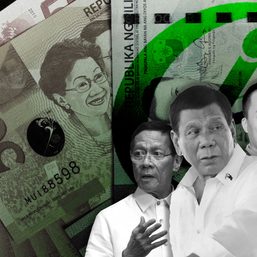
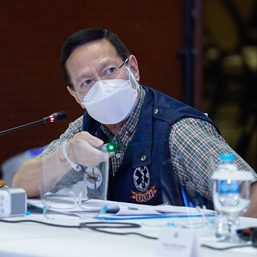
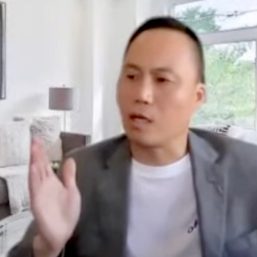
![[WATCH] Duterte asks Duque: Is COVID-19 airborne?](https://www.rappler.com/tachyon/2022/01/Duterte-Duque-TTTL-January17-scaled.jpg?resize=257%2C257&crop=0px%2C0px%2C1440px%2C1440px)
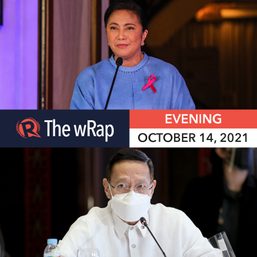
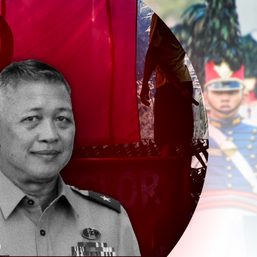
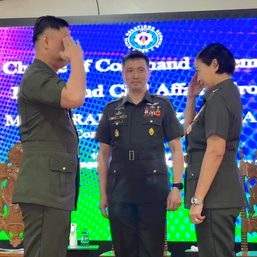
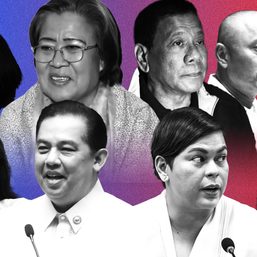
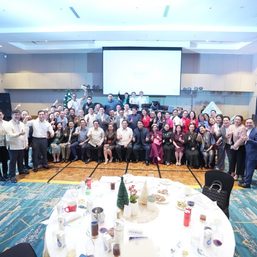
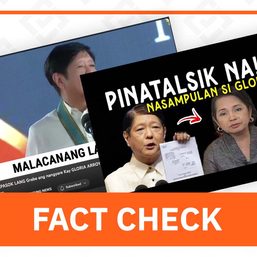
There are no comments yet. Add your comment to start the conversation.